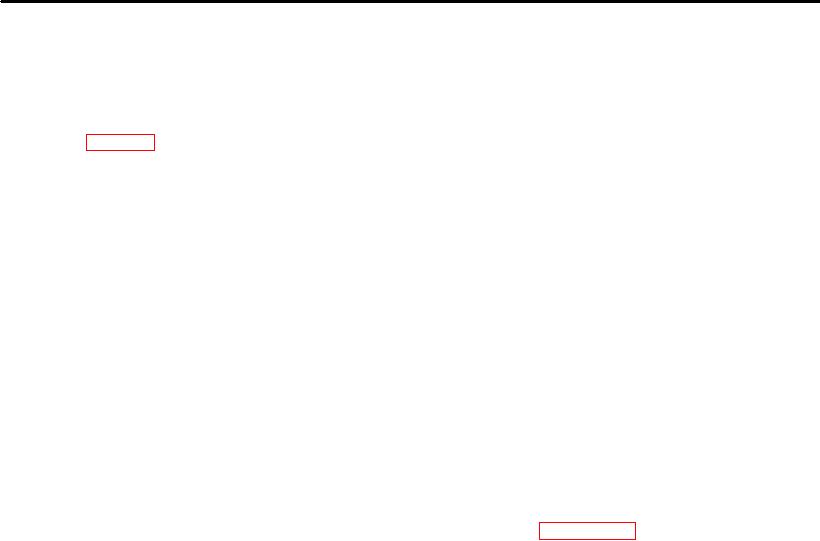
CHAPTER 2
INSTALLATION AND OPERATION INSTRUCTIONS
Section I. SERVICE UPON RECEIPT OF EQUIPMENT
6. Unloading Roll Crusher
b. Removal
of
Protective
Material
and
Devices.
a. Shipment by Rail.
(1) Blocking and tiedown removal. Refer to
(1) Prior
to inspection or
operation,
figure 2 and remove all blocking and
depreserve the roll crusher as outlined on the DA Form
tiedown devices. The operator may assist
2258 which will be attached on or near the operator's
in unloading.
controls.
(2) Remove all weatherproofed tape from the
(2) Ramp unloading. Block the flatcar wheels
vehicle lights, instruments, mufflers, electrical terminals,
and construct a suitable ramp at the end
air brake hose connections, and all taped openings on
of the flatcar (fig. 3). Tow the roll crusher
the engine.
from the flatcar.
(3) Remove the preservative from the battery
Note. Secure the flatcar wheels, both
cable ends.
front and back, with 6 x 6 timber
blocks.
(4) Open the top of the electrolyte box and
remove the bottles of electrolyte.
b. Lifting the Roll Crusher. Attach lifting cables to
the four lifting eyes (fig. 4) and with a lifting device of at
Warning: Use care in handling the bottles of
least 30 ton capacity, lift the roll crusher from the flatcar.
electrolyte, as electrolyte spilled on the skin can
cause severe burns.
Warning: When lifting entire roll crusher use
main lifting eyes only. They can be located by the
8. Inspecting and Servicing the Roll Crusher
stenciled markings "LIFT HERE". Two lifting eyes
are located on the rear of vibrating screen, and two
a. Perform the quarterly preventive maintenance
on the rear of roll crusher.
services listed in paragraph 18.
b. Inspect the roll crusher for loss or damage which
7. Unpacking the Roll Crusher a. Unpacking.
may have occurred during shipment.
c. Inspect drain plugs, breathers, fill caps, and
(1) Inspect the equipment against the packing
draincocks to be sure they are secured and not leaking
list and report discrepancies to the proper
or damaged.
authority.
d. Inspect all components for proper mountings.
e. Inspect all belts for proper alinement (TM 5-
(2) Remove the battery electrolyte box and
3820-203-10/1).
cables from the toolbox.
f. Inspect tires, belts, hoses, cable leads for cracks
or signs of deterioration.
Note. Do not uncrate electrolyte until
g. Inspect wiring, fuel and oil lines, radiator, fuel
equipment is ready for use.
tank, gages, instruments, and lights for defective
condition.
(3) Remove the fire extinguisher
and
h. Remove caps from the cells of the battery and
remaining items from the toolbox.
fill with the electrolyte to a level of three-eighths inch
above the plates.
For servicing and testing wet
batteries, refer to TM 9-6140-200-15.
AGO 8157A
11

